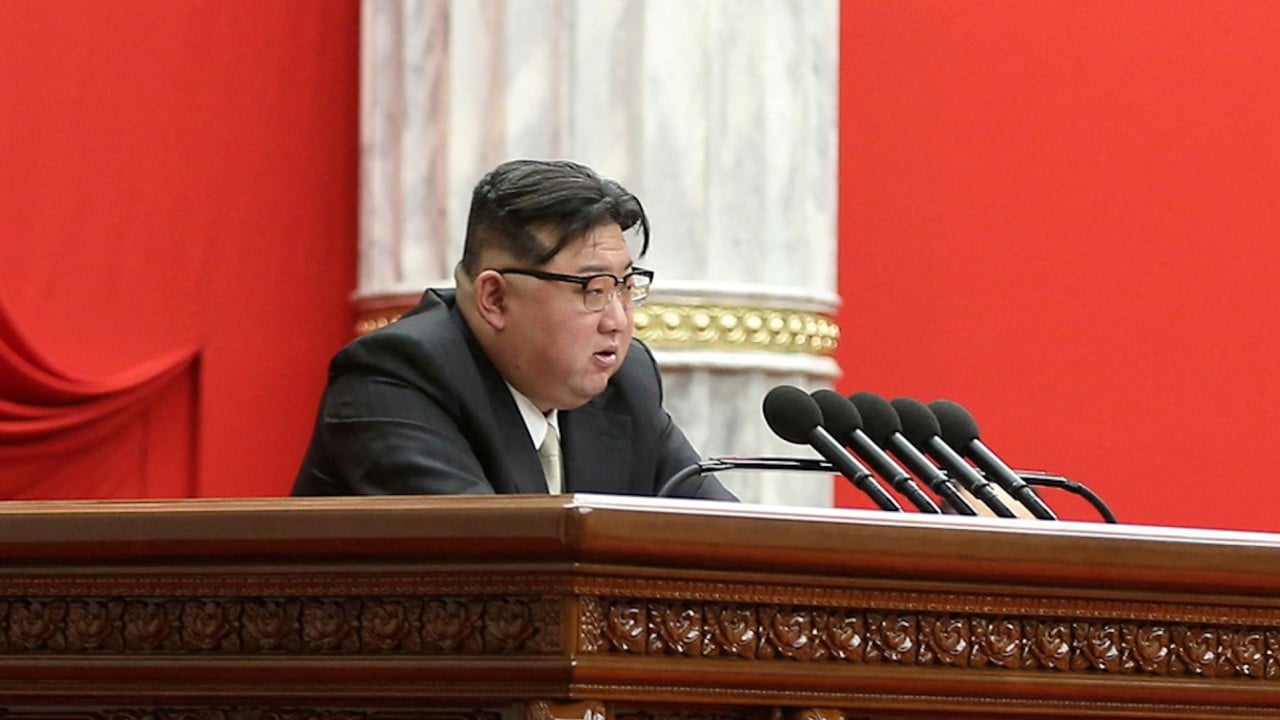
How a modern-day Korean war may unfold – if Kim Jong-un follows through on his threats
- The 40-year-old dictator began 2024 by scrapping North Korea’s goal of peaceful unification and declaring he had the right to ‘annihilate’ South Korea
- Read on for a closer look at the potential conflict scenarios, after two prominent analysts warn Kim ‘has made a strategic decision to go to war’
While such bellicose rhetoric would normally be dismissed – Kim could just be posturing ahead of South Korean elections on April 10 – two prominent analysts set off a round of discussion among North Korea watchers with an article suggesting that this time Kim isn’t bluffing.
“Like his grandfather in 1950, Kim Jong-un has made a strategic decision to go to war,” former CIA officer Robert Carlin and nuclear scientist Siegfried Hecker wrote in early 2024 on the website 38 North, which focuses on North Korea. They didn’t forecast how soon that could take place.
Seoul’s response to all the speculation has been blunt: “The Kim regime will meet its end” if it pursues all-out war, South Korea’s Defence Ministry said in January.
Here are the potential scenarios if Kim Jong-un decides to make good on his threats to attack South Korea.

How it begins
Back in 1950, North Korean troops invaded South Korea, catching the US off guard. The forces of Kim Il-sung – Kim Jong-un’s grandfather – took over much of the peninsula before US and South Korean forces counter-attacked. China’s intervention led to a stalemate that resulted in a ceasefire but no formal peace treaty, and the Korean peninsula has remained split at around the 38th parallel ever since.
Kim Jong-un is unlikely to risk a similar invasion. But he has shown an appetite for smaller provocations that could spin out of control – a trait shared by his father, Kim Jong-il.
South Korea has since pledged that another attack in the Yellow Sea would be met by an even stronger response, raising the chance for miscalculations on both sides that could quickly escalate.

Attack on Seoul
Any peripheral attack that escalates would immediately turn the spotlight onto greater Seoul, home to about half of the country’s 51 million people. North Korea has spent decades stockpiling millions of rounds of artillery and thousands of rockets in the terrain north of the demilitarised zone, which sits some 40km (25 miles) away from South Korea’s largest city.
In either case, a larger conflict would be inevitable.

Full-blown conflict
If Kim goes all-in on a war, he would likely kick it off with an artillery barrage at key military, political and economic targets in Seoul. North Korea keeps its howitzers, mortars and rocket artillery in hardened positions and ready to fire on short notice for exactly this purpose.
At the same time, an estimated 200,000 soldiers in Kim’s special operations units – part of a 1.1 million-strong active-duty army – would try to cross the border by land, sea, air and even tunnel, according to South Korea’s Defence Ministry. One goal would be to target bridges on the Han River that flows through the centre of Seoul, cutting the city in half and making it difficult for millions of people to flee to the less-populated southern end of the peninsula.
Kim would also seek to impose huge economic costs as quickly as possible. The Rand war-game analysis determined that a five-minute North Korean artillery strike on one LG-run factory in Paju, north of Seoul, would put an US$8.9 billion investment at risk and cause thousands of casualties.
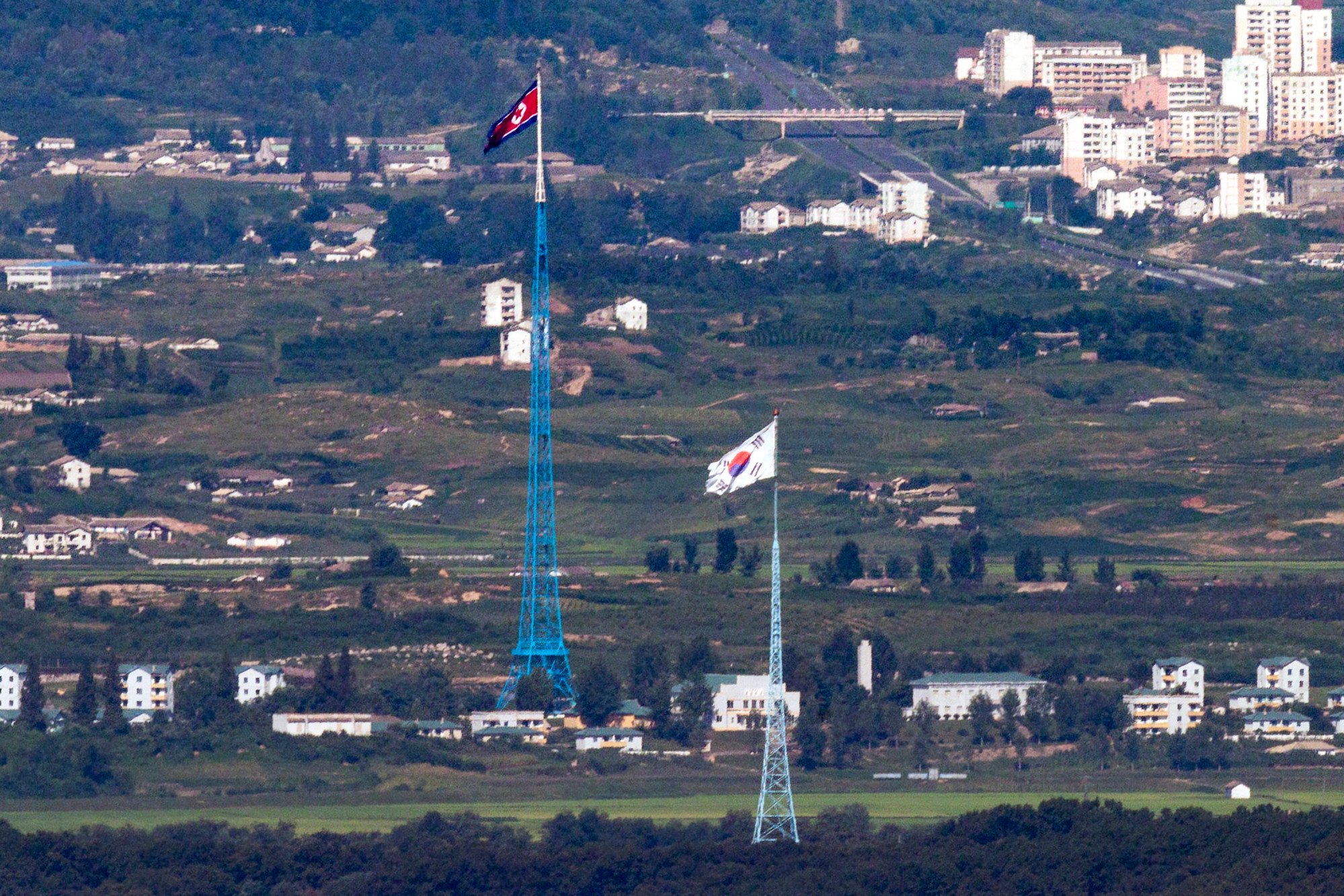
But North Korea’s advantages in striking first wouldn’t last long.
South Korea is also ready to fight: it has Patriot defence systems to intercept incoming missiles, 555,000 active-duty troops and a military budget that’s larger than North Korea’s entire sanctions-ravaged economy. And there’s also 28,500 US troops based in South Korea, along with American spy satellites constantly monitoring the Korean peninsula.
Although North Korea has a manpower advantage, the bulk of its forces rely on “increasingly obsolete equipment” dating back to the days of the Soviet Union, the International Institute for Strategic Studies said in its 2023 review of the world’s militaries.
The United States and South Korea would essentially, instantly, from the very first moments of the war, have absolute air superiority in every way that could be imagined
North Korea’s few Soviet-era fighters and its squadrons of single-propeller An-2 biplanes – developed in the 1950s and with a top speed of about 160 miles per hour (260km/h) – would be easy pickings for South Korea’s surface-to-air missiles and modern F-35A jets, which can travel at speeds exceeding 1,200mph.
“The United States and South Korea would essentially, instantly, from the very first moments of the war, have absolute air superiority in every way that could be imagined,” said Michael Mazarr, a senior political scientist at Rand.
It’s the same when it comes to other weapons systems: Pyongyang’s submarines are mostly small underwater clunkers that can’t stray far from the coast because they are easily detected. Its tanks are Soviet-era, and easily destroyed by Javelin missile systems used in Ukraine to stop Russia.
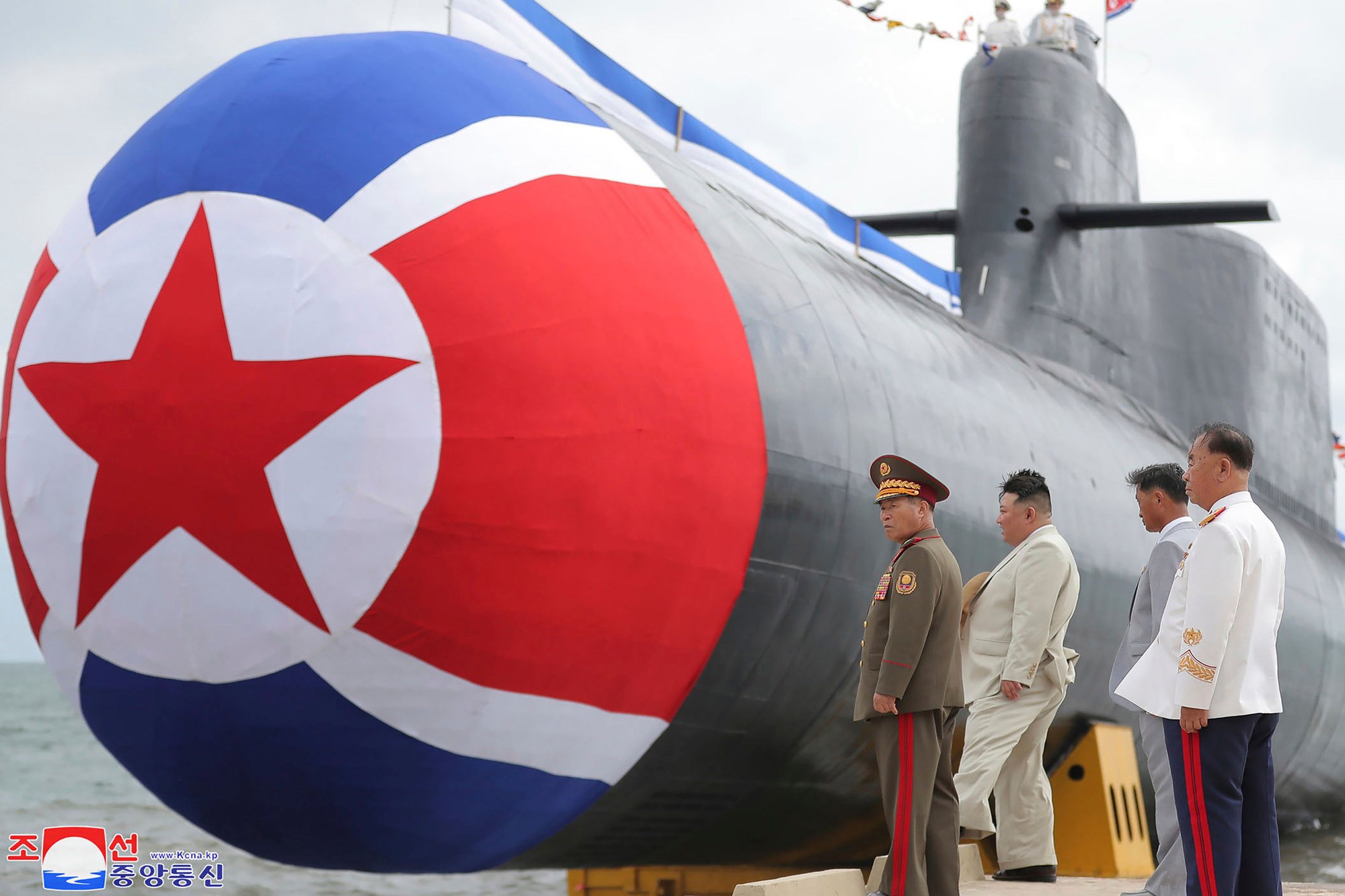
What South Korea doesn’t strike in the first few waves would likely be subject to air and missile attacks in the days that follow, leaving North Korea’s cities vulnerable to destruction – as happened in the original Korean war.
“Inadequate availability of fuel and transport assets, poor maintenance of ground lines of communication, and insufficient training all constrain North Korea’s ability to sustain large-scale conventional offensive operations,” the US Defence Intelligence Agency said in a recent report.
‘Bloody nose’ strike
If Kim misjudged and thought the US and South Korea were looking to end his regime – instead of just deliver a message of deterrence – he might preemptively use a nuclear weapon, said Duyeon Kim, an adjunct senior fellow in Seoul at the Centre for a New American Security.
A US National Intelligence Estimate that was declassified last year said Kim would probably only use his atomic arsenal if he believes he and his regime are in peril.
“Our analysis right now is, effectively, that he will engage in increasingly provocative behaviour but not – is not interested – in escalating this into a full-on war and that there is a kind of a limit on this,” US Director of National Intelligence Avril Haines told Congress in March.
The South Korea-US alliance would use air superiority to target command centres, weapons storage sites, rocket launchers, radars, military bunkers, missile silos and nuclear storage facilities in hopes of wiping out as many of North Korea’s assets as possible.
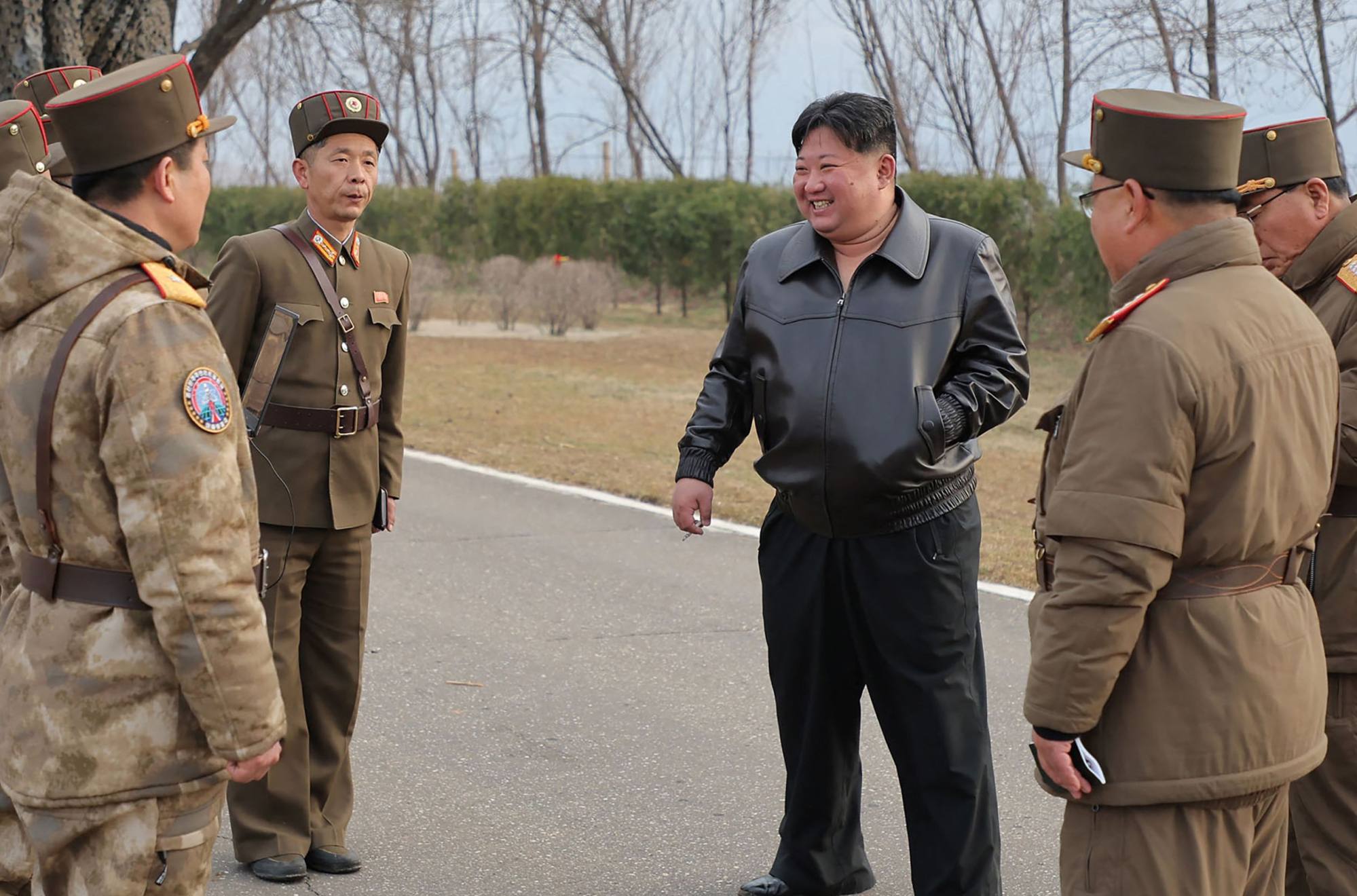
Targeting Kim
Also on the target list: North Korea’s leaders, including Kim. Yoon has not been shy discussing his country’s so-called Three Axis plan that includes pre-emptive strikes, full-scale assaults and taking out Kim. Pyongyang’ propaganda apparatus has denounced South Korea for organising ‘decapitation units” and pledged to destroy “the puppet warmongers” with a nuclear attack if they tried.
The question of nuclear weapons is the most harrowing. Various estimates indicate North Korea may have 40 to 90 warheads. The Seoul-based Korea Institute for Defence Analyses said Kim seeks to have between 100 to 300 over the long term.
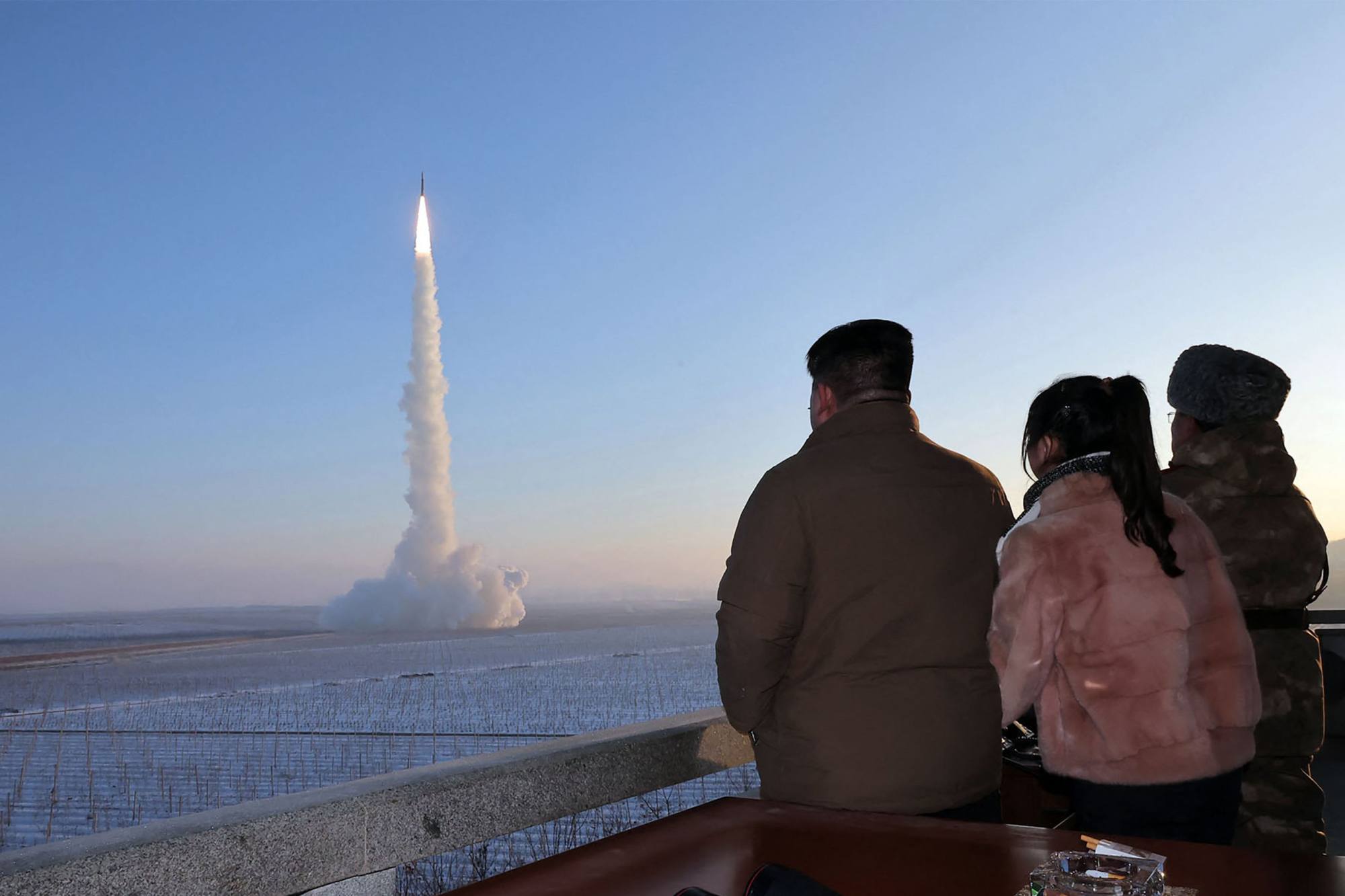
“North Korea has yet to demonstrate its capability to launch a nuclear attack against the United States, with questions lingering about its proficiency in re-entry vehicle technology,” said Lami Kim, a non-proliferation expert at the Asia-Pacific Centre for Security Studies in Honolulu.
North Korea has also sought to deploy lower-yield tactical nuclear weapons for the battlefield, perhaps to slow down a US-led counter-attack. But use of nuclear weapons would expose Kim to a far more powerful response, with the US being able to hit back quickly, and overwhelmingly.
In that case, the death toll for an all-out strike could reach into the millions. A full-blown war could knock the global economy off the rails, leading to trillions in dollars of damage. And Kim’s regime would almost certainly be finished.
“We assess that through 2030, Kim Jong-un most likely will continue to pursue a strategy of coercion, potentially including non-nuclear lethal attacks, aimed at advancing the North’s goals of intimidating its neighbours, extracting concessions, and bolstering the regime’s military credentials domestically,” said the latest US National Intelligence Estimate report.
Is conflict inevitable?
The biggest questions now are whether the die has already been cast and what could prevent it.
“The fundamental goal of the regime is regime preservation,” said Rand’s Mazarr.

Beijing has every reason to prevent a conflict from starting or getting out of hand. A nuclear exchange on the peninsula, or a conventional war that results in North Korea’s defeat, would go against China’s long-term interests, potentially leaving American and South Korean troops near the Chinese border and the global economy in tatters.
That economic windfall – which could be in the low billions of dollars – may be one factor that helps keep Kim in line, along with his own desire for self-preservation. The fact that he’s selling millions of artillery shells to Russia may be another signal that Kim doesn’t actually want a war, given he would risk running short of arms to defend himself.

Kim would’ve already invaded South Korea if he was actually preparing for war, according to Daniel Pinkston, an international-relations lecturer at Troy University in Seoul and a former Korean linguist with the US Air Force. A simpler explanation, he said, is that North Korea is deterred from doing so.
“The North Korea leadership is waiting for a restructuring of the world order and the collapse of the US-led alliance system in East Asia,” Pinkston said. “Unless that happens, I don’t see a theory of victory for North Korea.”




